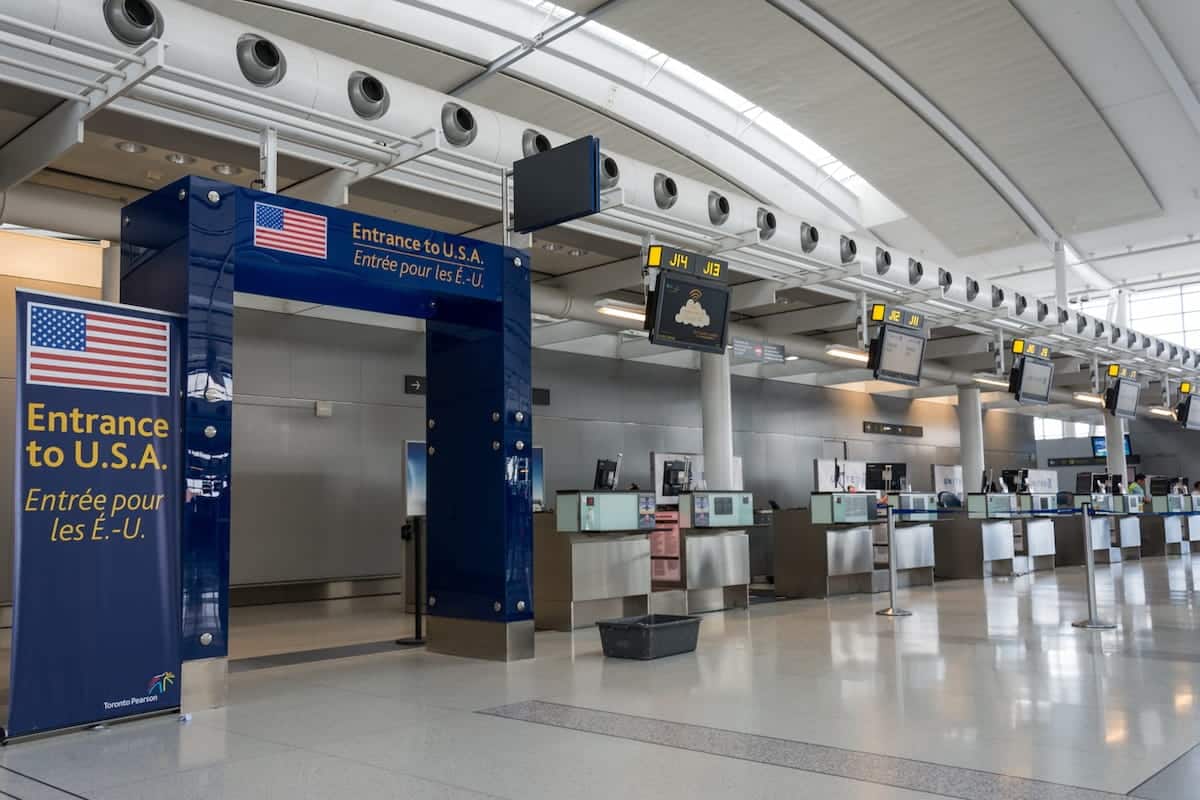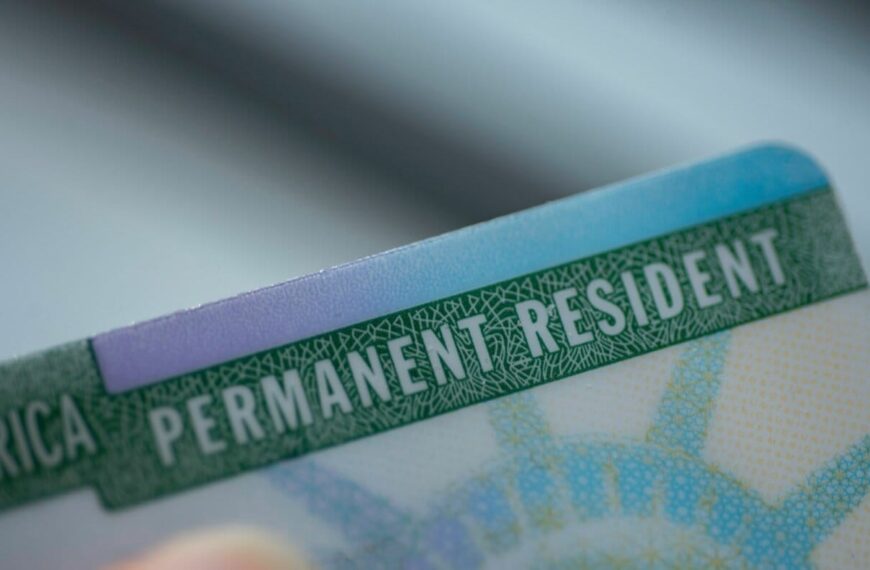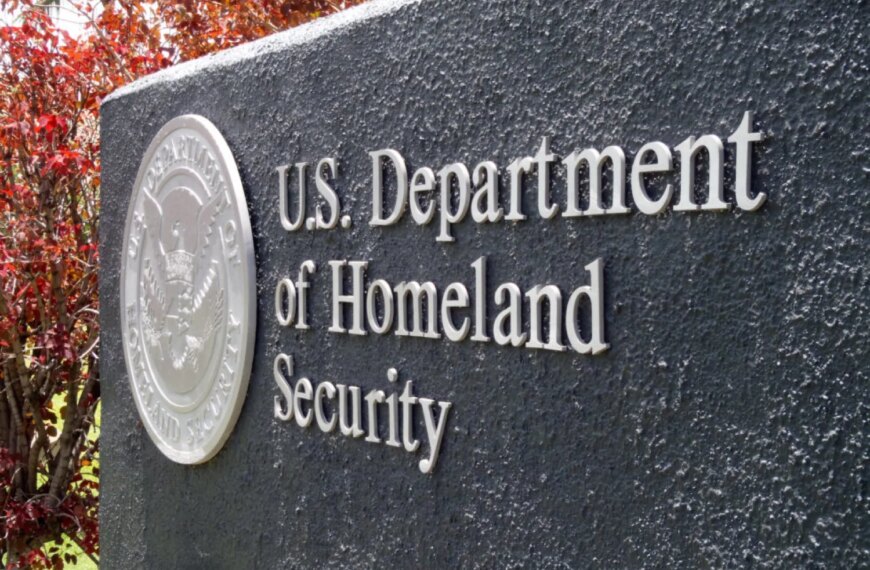Introduction to the New $250 Fee for Entry into the US
In an effort to streamline immigration processes and ensure the security of its borders, the United States has announced a new fee that will impact Canadian permanent residents, foreign workers, and citizens. Beginning soon, these individuals will need to pay an additional $250 fee to enter the US. This decision has raised several questions regarding its implications for travelers and workers crossing the border.
Understanding the Fee and Its Purpose
The new fee is part of a broader initiative by the Department of Homeland Security (DHS) to enhance border security and facilitate immigration processes. The funds collected from this fee will be utilized to bolster resources at border crossings, ensuring that all individuals entering the US are properly vetted.
Who is Affected by the New Fee?
The introduction of this fee will primarily affect:
As these individuals cross the border for work or leisure, they will need to account for this additional cost in their travel budgets.
Implications for Canadian Travelers and Workers
Canadians have long enjoyed relatively easy access to the US compared to travelers from other countries. However, the introduction of this fee may alter travel dynamics. Here are some potential implications:
Increased Travel Costs
The $250 fee could dissuade some Canadians from traveling to the US, especially for short trips. This might lead to:
Impact on Foreign Workers
For foreign workers, the fee could pose an additional financial barrier. Many workers already face high costs associated with obtaining necessary visas and permits. The new fee could lead to:
Exploring the Broader Context of Immigration Fees
The introduction of this fee is part of a larger trend in immigration policy, particularly under the current administration. The focus has shifted towards enhancing security while also ensuring that the immigration process remains efficient.
Understanding Immigration Abbreviations and Processes
As individuals prepare for potential changes in immigration policies, it’s important to familiarize themselves with commonly used immigration abbreviations and terms, such as:
Being informed about these terms can help travelers navigate the complexities of immigration procedures more effectively.
Current Immigration News and Trends
As the landscape of immigration continues to evolve, staying updated on immigration news is crucial. Recent developments include:
These updates play a significant role in shaping public perception and the experiences of travelers and workers.
The Bigger Picture: Security and Immigration Policy
The introduction of the $250 fee aligns with broader security measures, including enhanced border patrol and scrutiny of individuals entering the US. The implications of these policies affect not just Canadians but also foreign workers from various countries, who may find themselves navigating more complex entry requirements.
Concerns Over Enforcement and Compliance
With the introduction of this fee, there are questions surrounding enforcement and compliance. For instance:
These questions remain largely unanswered, and it will be essential for the DHS to provide clear guidance to avoid confusion among travelers.
Conclusion: Preparing for Change
As the US prepares to implement the new $250 fee for Canadians and foreign workers, it is vital for individuals to stay informed and understand how these changes may impact their travel plans. By keeping abreast of the latest immigration news and understanding the evolving landscape of immigration policies, travelers can better navigate the complexities of entering the US.
As we look ahead, there may be further changes in immigration policy that could affect travel, work, and residency in the US. Whether you are a Canadian citizen or a foreign worker, being prepared and informed will help you adapt to the ongoing changes in immigration regulations.










